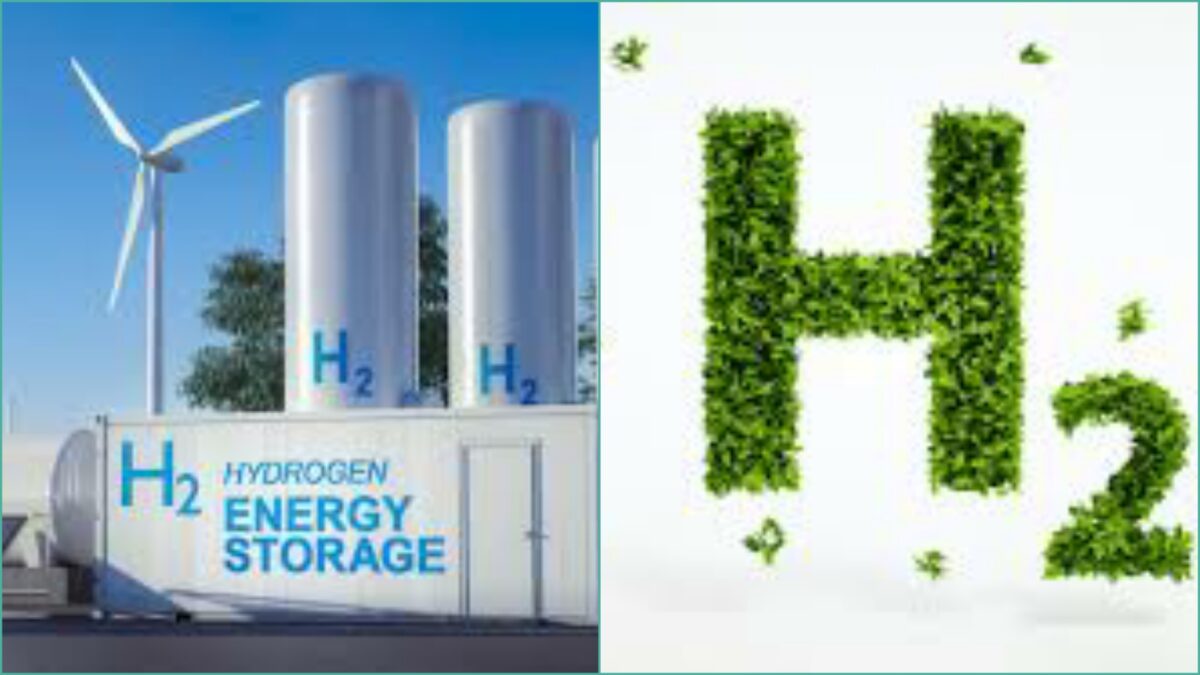Table of Contents
Introduction
Green hydrogen is made by electrolyzing water using renewable energy. It is denoted by GH2. It is produced by splitting water into hydrogen and oxygen. Green hydrogen can be easily supply via pipelines.
Description Of Green Hydrogen
Because no carbon emissions are generated during the production process, it is known as “green” hydrogen. This distinguishes it from conventional hydrogen, which is often produced using fossil fuels such as natural gas.

One step in the creation of green hydrogen is the electrolysis of water, which splits water molecules into hydrogen and oxygen. Since the electricity required for this activity is generated from renewable resources, the only waste produced by it is oxygen.
Given that it can be used as a clean fuel for transportation and as a source of energy for industrial activities, green hydrogen has the potential to play an important role in the transition to a low-carbon economy. Excess renewable energy that would otherwise go to waste can be used and stored.
Advantages Of Green Hydrogen
- Green hydrogen is easy to store in the pipelines.
- It is easy to transport in the hydrogen tanks.
- Green hydrogen is a very light element and easy to carry.
- It can be compressed like natural gas.
- Green hydrogen is the renewable source of energy.
- There is no carbon emission.
- It is very clean fuel.
Uses Of Green Hydrogen
1. Transportation Industry
Green hydrogen is used in transportation sector as a fuel. It is highly combustible fuel. It is used in various vehicles such as car, bus and trucks.
2. Cooking
Green hydrogen is used for cooking. It is alternative of liquid petroleum gas (LPG). Its demand as a cooking gas is expected to increase in future.
3. Oil And Gas Industry
It can be used as an alternative of liquefied natural gas. It can be transported from the same pipeline used for liquefied natural gases.
4. To Make Fertilizers
Green hydrogen is used to green ammonia. Ammonia is the key component in the production of fertilizers.
